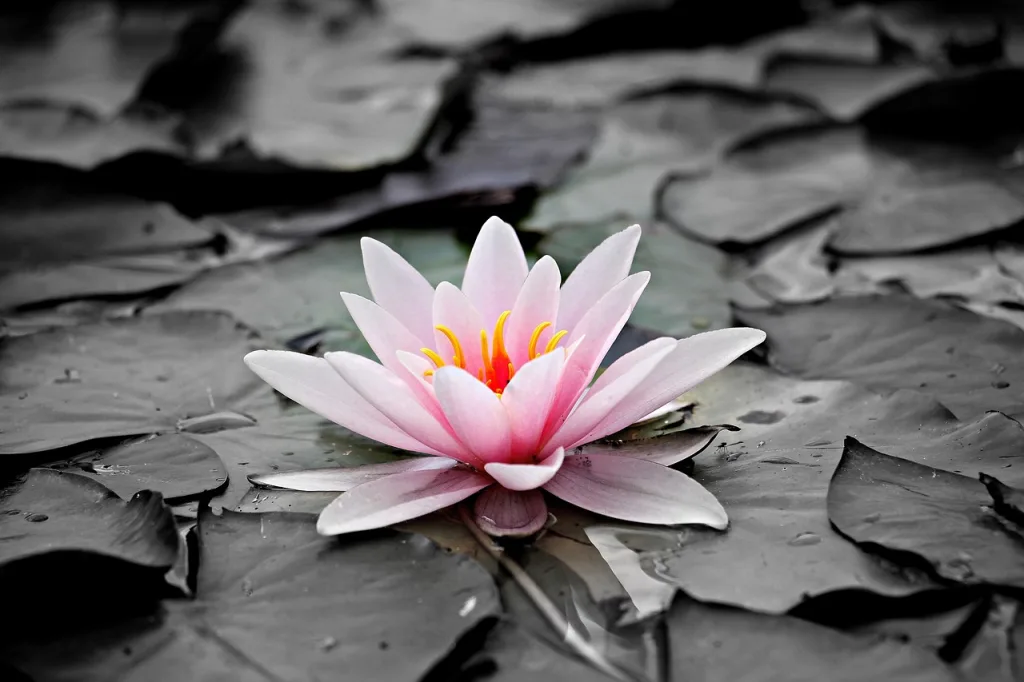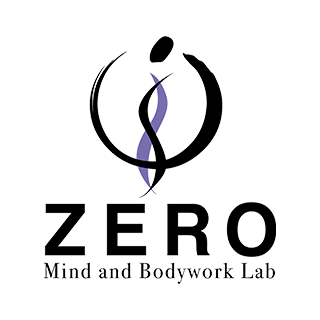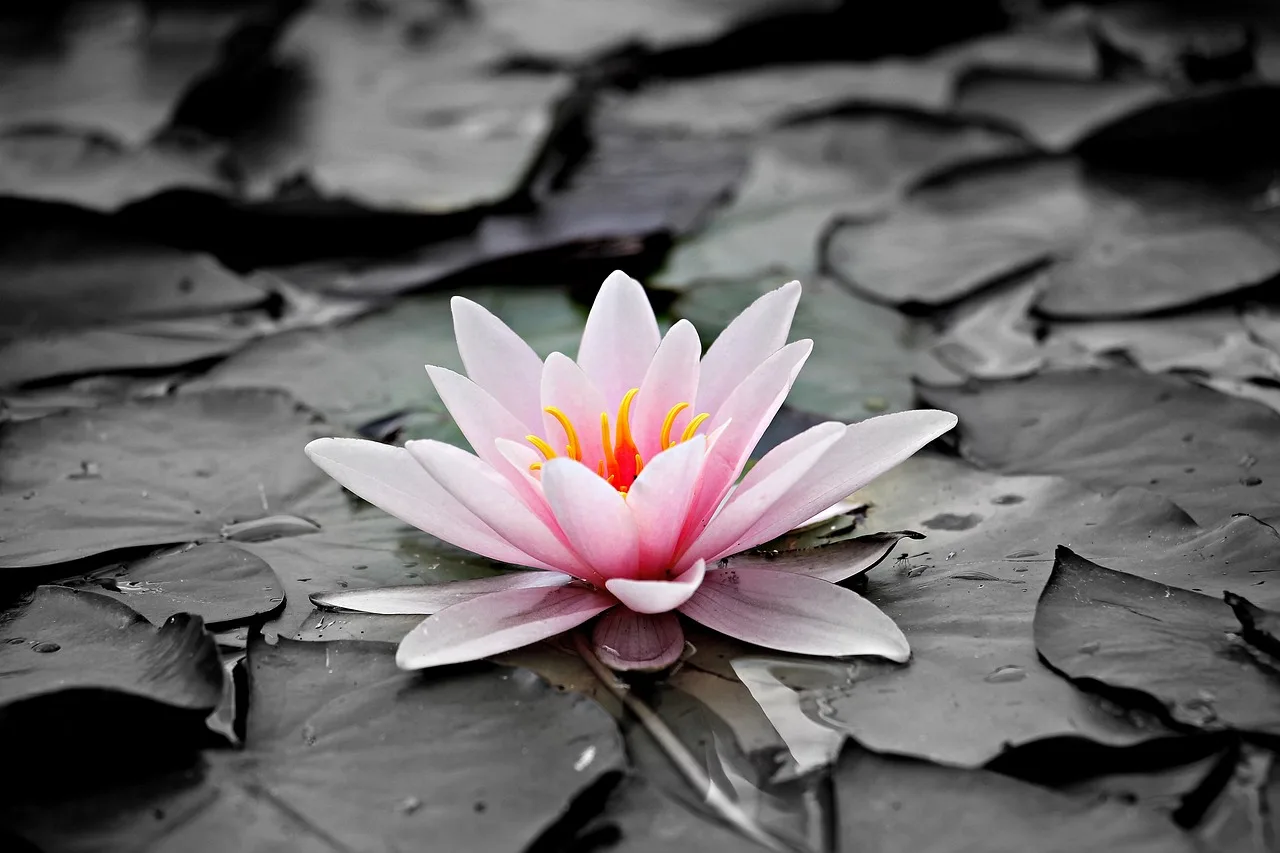Introduction
Hello, I’m Hidefumi Otsuka, offering Rolfing sessions in Shibuya, Tokyo.
From April 8 to 25, 2025, I participated in a three-week (four days per week, Tuesday through Friday, totaling 12 days) Advanced Rolfing Training (AT) held in Ichigaya, Tokyo, organized by the Japan Rolfing Association. The instructors were Ray McCall and Hiroyoshi Tahata.

Summary of AT – A 7-Part Series on “Neutral”
Reflecting on the first half of this Advanced Training, the most profound learning for me was the question: What does it mean to be “neutral” during a session?
To summarize what I’ve taken from the AT, I am writing a seven-part blog series focusing on the theme of “Neutral” under the following titles:
- 1. What is Neutral?
- 2. What is Presence?
- 3. Working with Limitations and Possibilities
- 4. The Relationship Between Energy Work and Body Awareness
- 5. Practicing Right Action
- 6. Listening Touch: The Neutral Way of Touching
- 7. What is Integration?
In Part 1, I would like to summarize how to be aware of the way of being in session—’neutrality’—which is a central concept in Rolfing.
What is “Neutral”? – The Practitioner’s Way of Being
In Rolfing, “Neutral” does not simply mean emptiness or middle-way. If I were to describe it in my own words, it refers to a state of delicate balance between a grounded sense of stability arising from within the body and an open receptivity to the world.
Why is it important to maintain neutrality? Because it fundamentally transforms the quality of the Rolfing session.
Being in a neutral state during a session allows the following:
- Respecting the changes the client’s body is seeking
- Leading with intentionality, without becoming overly attached to specific intentions
- Becoming a “catalyst” who supports the process rather than directing it
In other words, neutrality stands on the dynamic balance between letting go and engagement.
Neutrality Is the Balance Between Limitation and Possibility
Here’s a key perspective: in both the body and the therapeutic space, there are always two coexisting forces:
- Limitation
- Possibility
Neutrality does not mean being stuck in limitation, causing the body to shrink, nor does it mean being swept away by possibility, becoming fragmented. Rather, it is a dynamic state in which one continuously finds the optimal balance between limitation and possibility.
For example, while expanding awareness into the back space, we also anchor ourselves around the center of the Hara(abdomen), cultivating a grounded sense of presence. This balance between limitation and possibility is essential to truly inhabit a neutral state during the session.
How to Cultivate “Neutrality”
There are three practical points for cultivating neutrality:
1. Connect with the Hara
Focusing on the Hara, the center of bodily awareness, is also key to developing neutrality. The Hara is not just a group of muscles; it is the seat of your axis and presence. Like tuning a radio, attune your awareness to the Hara to remain centered and open to others at the same time.Intention(意図)と Intentionality(志向性)の違いを理解する
2. Shape the Hand
When touching a client, instead of trying to “do something” with your hand, allow the client’s body to shape your hand. Through your hands, receive information from the body and attune to it. This is the foundation of neutral touch.
3. Find the Back Space
When awareness is overly focused on the “here and now,” the body can become tense or lean too far forward. By consciously sensing the space behind the body—the back space—your center of gravity returns to the middle, enabling a stable, neutral position.
Understanding the Difference Between Intention and Intentionality
A crucial distinction to make is between Intention and Intentionality (for more, see: “The Difference Between Intention and Intentionality – Understanding Neutrality”).
- Intention
→ A strong desire for a specific outcome.
However, this can sometimes lead to practitioner ego or over-intervention. - Intentionality
→ An open attitude that gently points toward a direction or possibility.
It reflects a commitment to the process rather than attachment to the result.
In Rolfing, we aim to hold clear intentions while being grounded in intentionality. This orientation supports the client’s natural process of self-organization.
Conclusion
To summarize:
- Neutrality is a state of being grounded in your own axis while remaining open to the world.
- To cultivate neutrality:
– Shape the hand
– Find the back space
– Connect with the Hara - Neutrality rests on the subtle balance between limitation and possibility.
- Rather than clinging to intention, we practice intentionality to support the client’s organic transformation.
To be neutral is to dwell in the middle ground between the force that seeks to make something happen, and the stillness that waits for something to arise. When strength and stillness meet, the deepest changes can unfold.
I hope this post offers something meaningful for your own journey.

